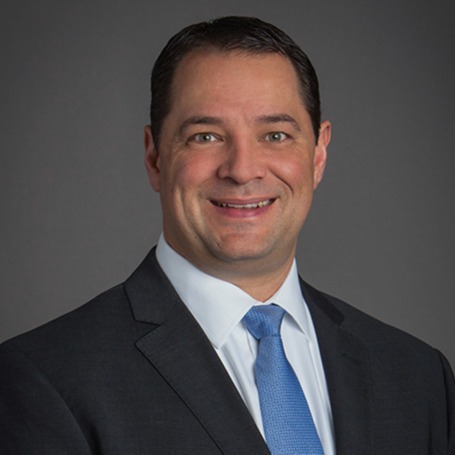Article
ORAT: Whose Job Is It Anyway?
BY Jason Fuehne, PE, and Dan Weiss
In a perfect world, the launch of any airport construction project would be seamless. On day one, every light switch would have the functionality intended. HVAC and building systems would operate efficiently and maintain the desired temperature in every nook and cranny of a concourse. Checked bags would arrive in bag claim on the correct carousel just as arriving passengers step to the belt. And airport maintenance staff would know exactly how every piece of equipment operates, from the building automation systems to the bathroom soap dispensers.

But as every airport owner knows, airports do not operate in a perfect world. That’s why they depend on Operational Readiness and Airport Transition (ORAT), a proven, detailed-oriented testing, fine-tuning and training process used to identify and address operational issues before a major airport project goes live.
A project launch’s success can largely turn on an airport’s approach to ORAT. The most effective share multiple core elements.
The airport operator, or its designated representative, leads the ORAT process. Because airport operators have the most to gain from ORAT success, it is in their best interest to know precisely what they’re getting and to help staff acclimate quickly to their new work environment.
Given their big-picture perspective and first-hand knowledge of their operations and maintenance (O&M) staff capabilities, airport operators (or their representatives) are well-positioned to lead the ORAT process.
Every member of the ORAT team shares responsibility for launch success. While airport operators may lead the ORAT process, the responsibility for achieving a smooth transition is not theirs alone. A successful launch requires collaboration, with every party involved in reviewing and testing systems, preparing O&M manuals or training airport staff to take ownership of their roles.
A unified approach involving engineers, contractors and airport staff is especially valuable as opening day approaches. Successful ORAT teams recognize their obligation to work together to address last-minute issues as they arise. All contribute where they can and keep their eyes on their shared goal.
The ORAT process is intentional and systematic. This level of unwavering teamwork does not occur by accident. It is cultivated through clear communication and a deliberate, systematic approach that recognizes and manages the risks associated with the launch of a new operation.
In theory, startup of individual equipment and systems has been completed months in advance, allowing systems operation and maintenance to be the primary focus at launch. But what is true in theory may not be true in practice. That is why experienced airport operators know to anticipate opening day surprises and plan ahead for those that may require system reboots and resets.
The ORAT team includes airport staff up and down the O&M chain. Airport maintenance directors play a critical role in ORAT planning, but they do not clean air vents, repair escalators or complete hundreds of other maintenance tasks. Maintenance staff can enrich the ORAT process with on-the-ground insights that may not otherwise make it up the chain of command. O&M staff are also among the airport workers who need to be trained on new equipment and processes.
ORAT team size depends on project size and system complexity. Larger teams comprised of members with specialized knowledge and experience can be more effective than smaller teams whose members have broad-ranging responsibilities, especially when time for ORAT is short.
Most non-airport ORAT team members are not directly involved in the project’s design and construction. While it may seem counterintuitive, design professionals and construction teams responsible for designing and building a project may not be the proper candidates for an ORAT team.
While their project knowledge is expansive, their perspective is often shaped by their experience rather than the project’s day-to-day operation. ORAT teams often benefit from including experienced professionals who understand systems and can communicate how to operate and maintain them.
The Bottom Line
Day zero will always present challenges, but with an intentional, owner-led ORAT process, airports can improve the travel experience for passengers and staff alike. A positive travel experience at the airport is essential for increased passenger traffic and revenue. A good reputation for delivering exceptional services can attract more passengers and set the airport apart in the competitive market, leading to sustained growth and success.
✖
READ Article
Cool Video Headline Goes Here
Video Column Complete
video description goes here. video description goes here
✖

